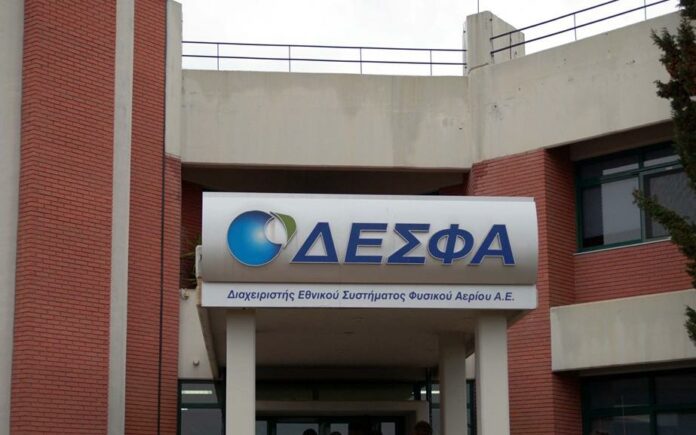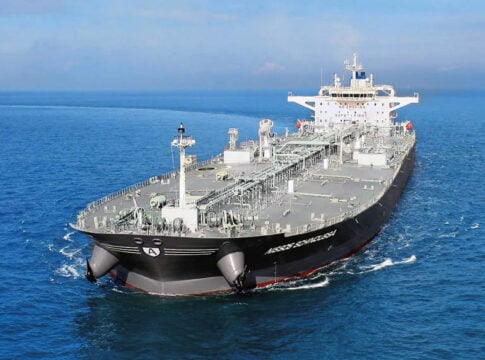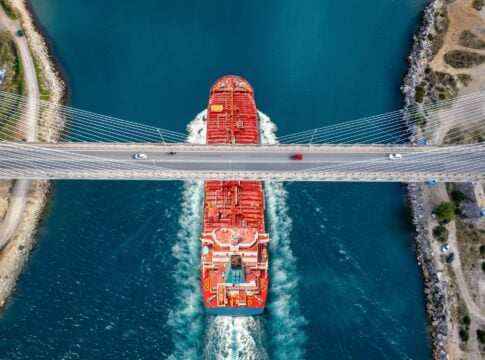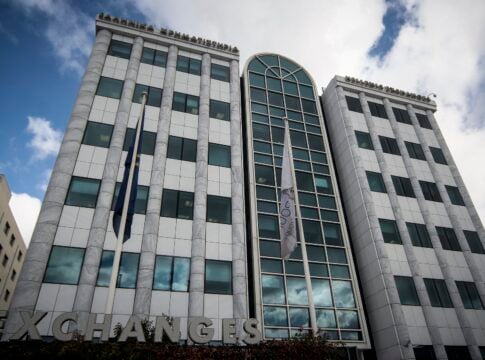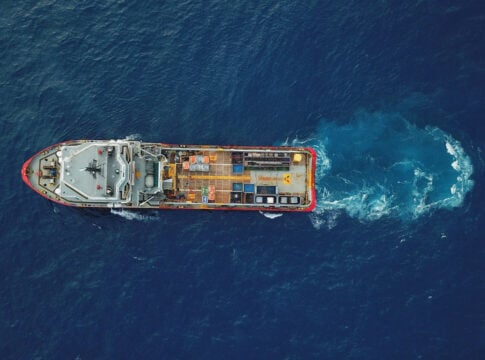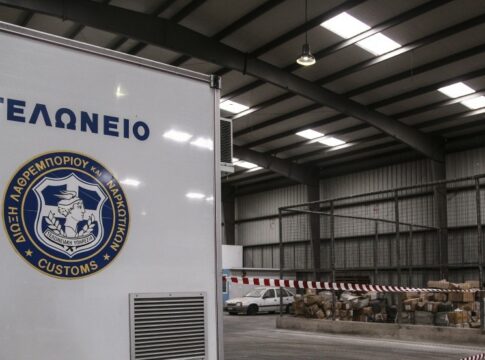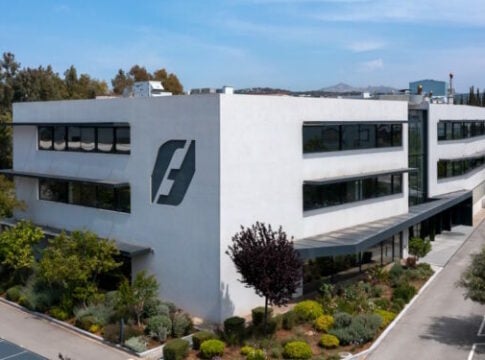Three major projects are expected to be completed in the current year, aiming to enhance the operation of the national natural gas transmission system both domestically and regionally, with Greece emerging as a transit hub to the North.
These include the new Compression Station in Komotini, the extension of the network with a high-pressure pipeline to Western Macedonia, and the Compression Station in Ampelia.
More specifically, as competent sources from the Transmission System Operator with knowledge of the matter pointed out, the three projects will upgrade the operation of the national system by enabling, on one hand, the penetration of natural gas into new regions (notably Western Macedonia), and on the other hand, greater capacity for exports to neighboring Balkan countries.
Compression Stations
In practical terms, the compression station in Komotini allows the Greece–Bulgaria Interconnector pipeline, known as IGB, to increase its capacity to 5 billion cubic meters—its maximum throughput.
Next, the compression station in Ampelia—also expected to become operational within 2025—will enable Sidirokastro (a key entry/exit point for the National Natural Gas Transmission System) to export up to 3 billion cubic meters of natural gas annually to Bulgaria, when combined with the volumes already imported into the area.
Western Macedonia
The pipeline to Western Macedonia is nearly complete, with current on-site work focusing on land restoration and hydraulic testing to ensure the proper operation of the pipeline, just ahead of its scheduled launch later this year.
Michalis Thomadakis, Senior Director of Strategy and Development of DESFA, confirmed in recent statements the Operator’s plans to expand the Western Macedonia pipeline to the Adriatic and end in Italy with the aim of transporting “green” hydrogen. As he explained, “the major hydrogen market for Greece is Central Europe” and in this context, DESFA is collaborating with the Italian and German governments, as well as the Italian Operator, to transport hydrogen from Italy to the North, in order to create this new market for the country.”
The above projects follow two more strategic projects, the first of which concerns the Greece-North Macedonia interconnector pipeline and the Karperi-Komotini pipeline.
As for the pipeline with North Macedonia, its construction began in the neighboring country just a few days ago and is expected to be completed in 34 months. It is recalled that the construction of the Greek part has already begun, with the non-border section – total length of 66.7 kilometers and a budget of 60 million euros – entering into implementation after the removal of certain pending issues that caused delays.
Karperi – Komotini
The other project concerns the duplication of the Karperi-Komotini high-pressure branch as part of a more comprehensive “grid” of projects included in the ten-year development program of DESFA and aspire to contribute to increasing the capacity and security of supply of the NNGTS.
In detail, this project concerns the construction of a 215-kilometer pipeline, 100% compatible with H2 and parallel to the existing network from Karperi to Komotini. As stated on the Operator’s website, the project is a priority project, as it will increase the ability of the NNGTS to transport additional natural gas flows between the northern and southern parts of the transmission system.


